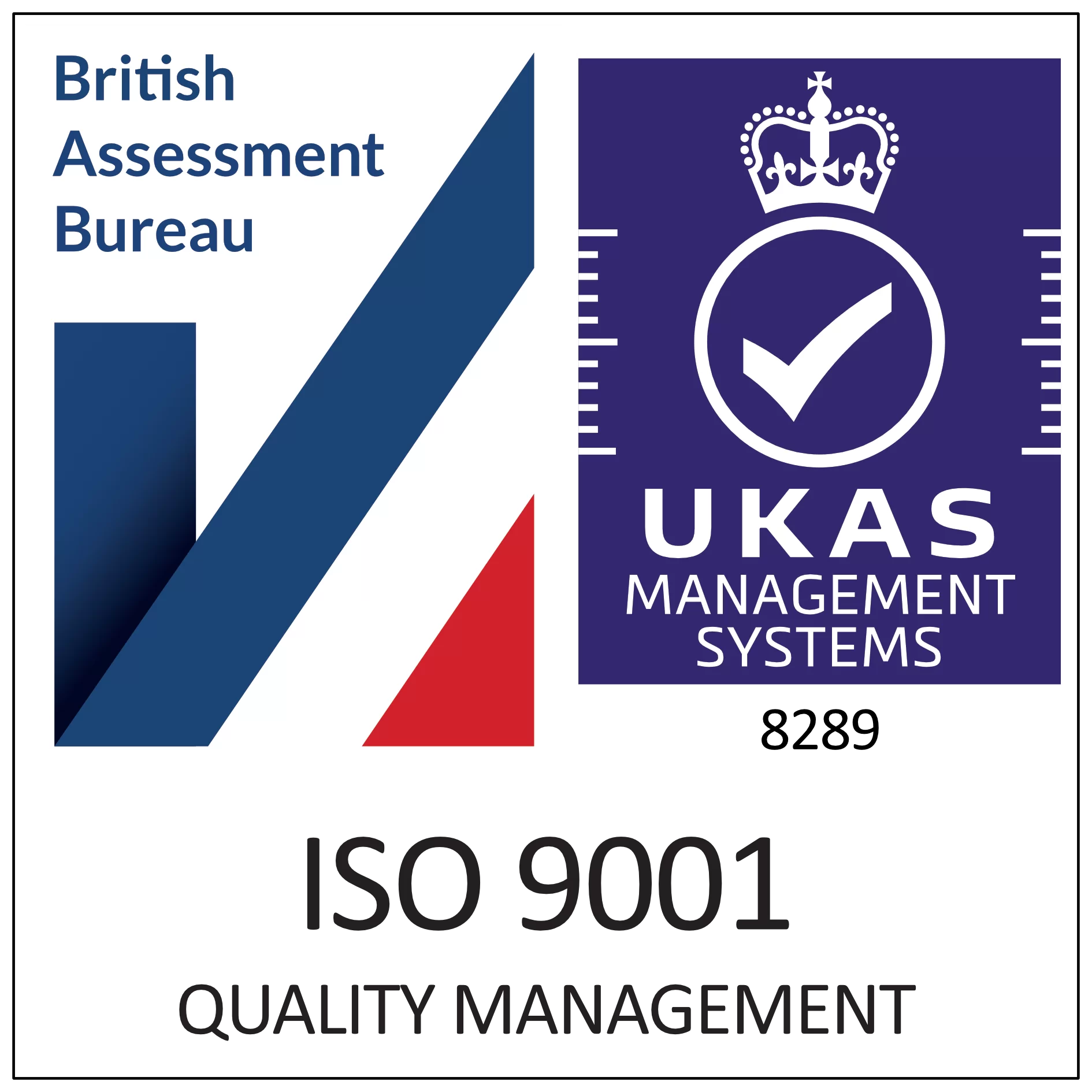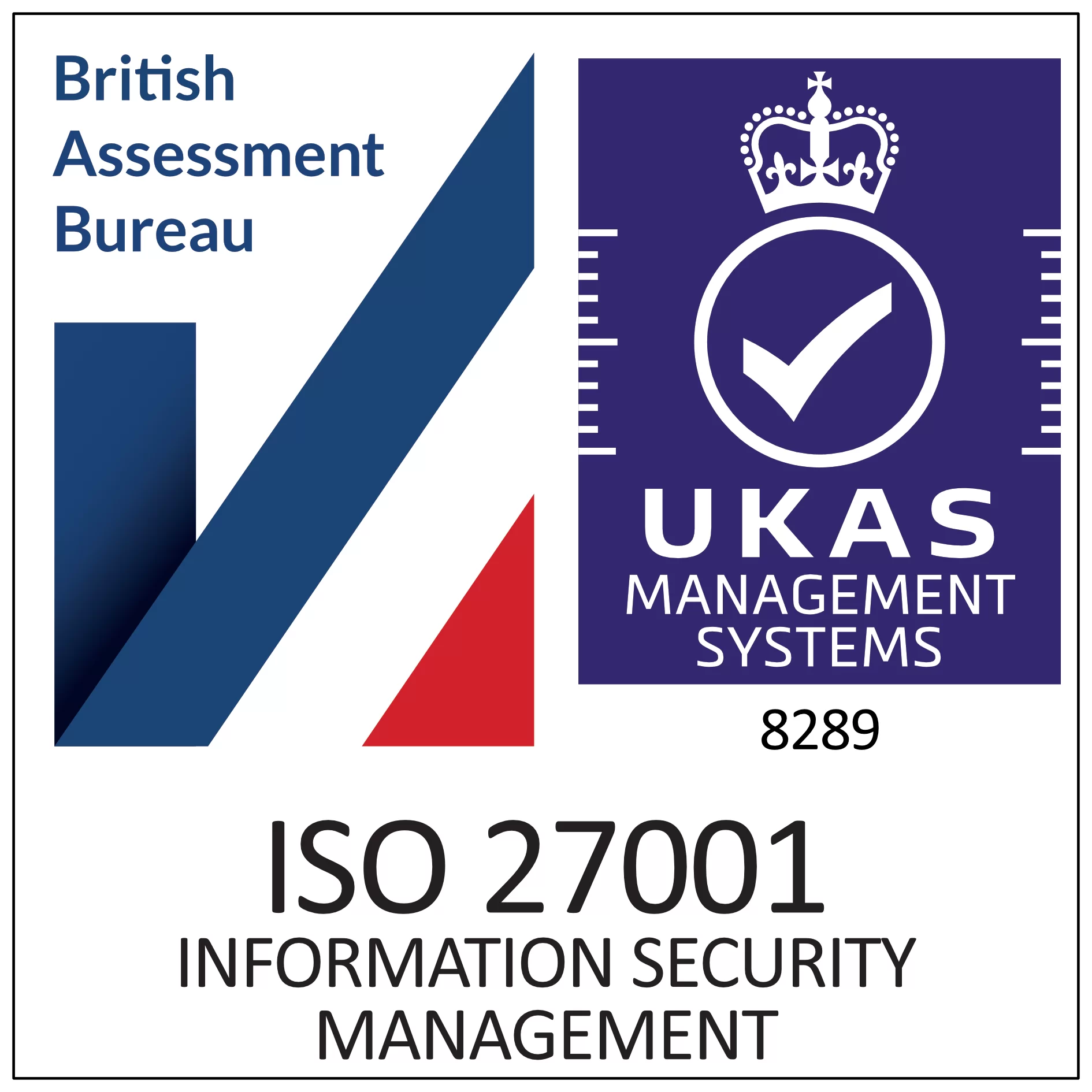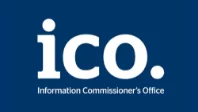Electronic Health Record (EHR) Interoperability
What is EHR interoperability?
Electronic Health Record (EHR) interoperability describes the capacity of various EHR systems to communicate, exchange, and interpret patient data reliably across different healthcare settings.
It plays a vital role in enhancing modern healthcare operations, offering improved efficiency and care quality. The core aim is to allow healthcare professionals at different facilities and levels of care to access and utilise a patient’s comprehensive health information, supporting better decision-making and continuity of care.
Benefits of EHR interoperability
Improved patient safety
By granting clinicians instant access to the most current health data, care decisions are made with a more complete understanding of each case. Fewer information gaps translate into a lower risk of missed diagnoses, redundant testing, and medication errors.
Deeper care coordination
When hospitals, community providers, and GP surgeries all reference the same real‑time record, teamwork becomes seamless. This unified view aligns every member of the care team, boosting both the continuity and quality of the patient’s overall experience.
Lighter administrative load
Digital workflows, such as electronic referrals, order‑entry, and appointment booking, run faster when systems talk to one another. Staff spend less time chasing paperwork, and patients avoid repeat tests because results from other providers are already visible.
Higher operational efficiency
A complete, continuous record speeds diagnosis and treatment, reducing delays and improving patient experience. Seamless data hand‑offs also make it easier to move patients between services, allowing the NHS to concentrate specialist expertise, such as in regional cancer centres, without fragmenting care.
Challenges of EHR interoperability
While EHR interoperability provides several benefits, it also poses challenges; a good implementation process can address many of these. Some of these challenges include:
Managing information across multiple sources
EHR systems often store different types of data in multiple places, such as data silos. This can lead to EHRs not communicating effectively with each other and patient information becoming fragmented.
Resistance to sharing data
Some organisations may not feel comfortable sharing patient data through their EHR with other healthcare providers and may be unwilling to use the digital tools available to them. This may be due to a lack of resources and/or expertise, or poorer quality interoperability systems.
Lack of standardisation
Different EHR systems use different data formats and terminology, which can make it harder to share patient information between organisations.
Security and privacy concerns
In healthcare, patient confidentiality is one of the biggest priorities. Any systems used in a healthcare setting must meet suitable security and encryption standards, as well as have end-user verification processes.














